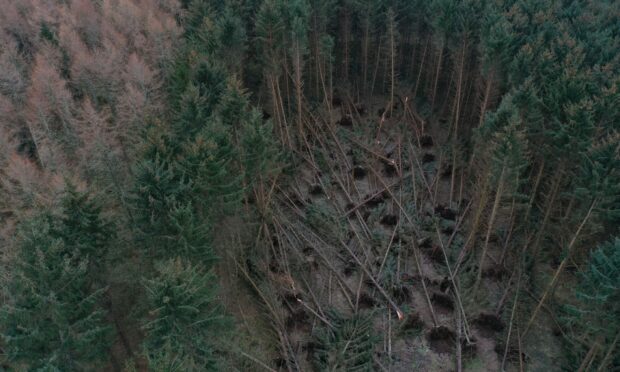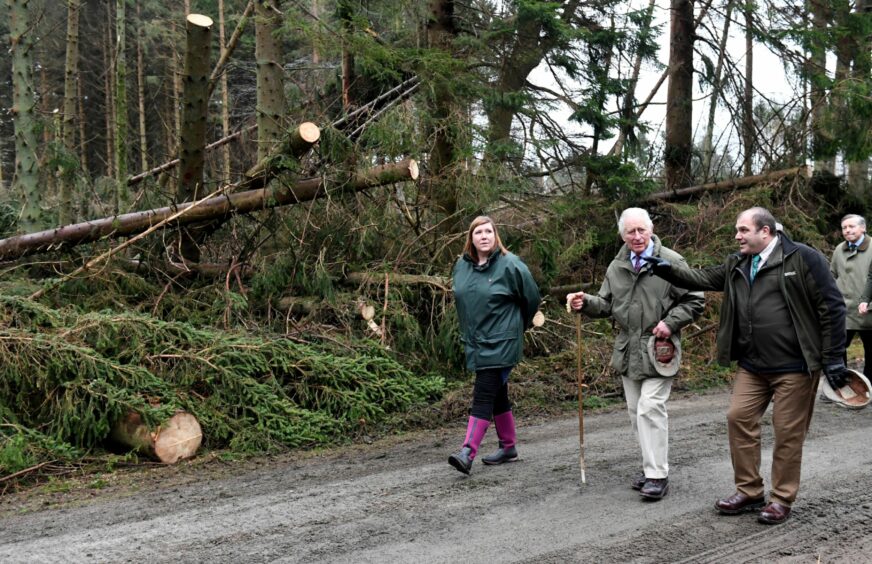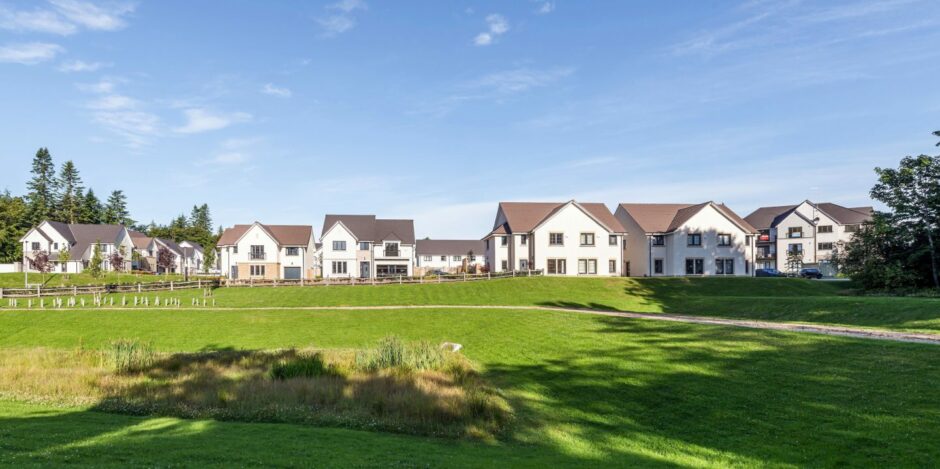More than 18,000 trees were lost in council-owned woodlands across Aberdeenshire during Storm Arwen.
After taking stock of the losses, the council is now further considering ways it can increase tree cover in the region.
As well as replanting in areas like Aden and Haddo country parks, the current proposals include all sorts of ideas like planting trees in school grounds, on roadside verges and on new housing estates.
Where should the new trees be planted?
Scotland’s national Forestry Strategy aims to increase woodland and tree cover to 21% of the total area of Scotland.
Pre-Storm Arwen, Aberdeenshire’s tree cover was estimated to be around 19%, but the extensive losses are likely to have made a significant dent in this. Storms Corrie and Malik in January 2022 only added to the problem.
According to the council, the full extent of the recent damage is “not currently known”.
However the council’s latest report on plans to increase tree cover does show the impact Storm Arwen had on council-managed sites across Aberdeenshire.
The prevalence of diseases such as Dutch Elm and Ash Dieback has also increased in recent years, further impacting many of the biggest and oldest trees in the region.
So what is the council planning to do?
At a recent Infrastructure Services Committee meeting, all councillors present agreed that there should be increased tree planting in the shire.
Together they agreed that a more detailed plan should be made relating to storm damage and replanting, as well as scope to encourage more tree planting generally.
Councillor Martin Ford, who first raised the issue, was pleased with the outcome:
“There are hundreds of trees down just in the vicinity of my house,” he said. “The landscape will not look like it did six months ago for many years to come, in fact, never in my lifetime.
“So I am pleased to read about the gains to be made planting trees in council land.”
He acknowledged that it’s more difficult than one might imagine to just plant more trees.
“Aberdeenshire Council does not have lots of spare land to plant trees on, and buying that sort of land can be an expensive and complicated process,” he said.
With this in mind, he suggested that smaller-scale planting projects shouldn’t be overlooked.
In particular, he highlighted an idea to require developers to plant a certain number of trees on new housing estates and for new trees to be planted along road verges.
Read the full report on trees in Aberdeenshire












